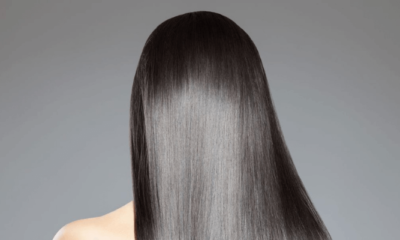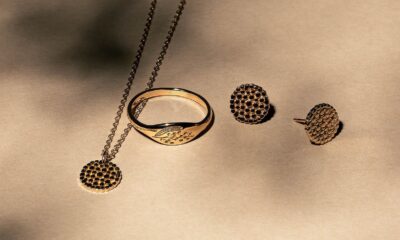Why should you exfoliate in the first place?
If your face looks dull or rough, it might be due to a buildup of old, dead skin cells. Normally, your body sheds these cells over a month or two, but this process slows down as you get older.
The good news is that regular exfoliation can speed up this skin cell turnover, leading to brighter and smoother skin. Exfoliation can help even out skin tone and fade dark spots by reducing the pigment responsible for discolouration.
Additionally, it may help prevent breakouts by reducing the accumulation of dead skin cells in your pores.

What are the different types of exfoliation?
There are two main methods of exfoliation: physical exfoliation and chemical exfoliation.
In physical exfoliation, old skin is mechanically removed using tools like sponges, brushes, face scrubs, or washcloths. It relies on friction to dislodge dead skin cells from the surface. However, it can be harsh and may irritate the skin, so it is advised to use a gentle scrub.
Chemical exfoliation, on the other hand, doesn’t involve rubbing or scrubbing. It utilizes acids like alpha-hydroxy acids (AHAs) such as glycolic, mandelic, and lactic acid, and beta-hydroxy acids (BHAs) like salicylic acid. These acids work by loosening the bonds between dead skin cells, allowing them to be gently peeled away to reveal fresher skin. But, depending on their ingredients and concentration, chemical exfoliants can be too harsh for sensitive skin.
Both methods can benefit your skin, but excessive exfoliation can harm your skin barrier, which is vital for retaining moisture. Choose the right exfoliation routine for your specific needs.
How often you should exfoliate your face?
Finally, here are the answers you’ve been waiting for. You exfoliate your face depending on your skin type. What more should you know about this? Read on:
1. Dry or sensitive skin
In short, starting with exfoliating once a week is a good idea. Exfoliating products can remove dead cells and natural oils, and overdoing them can lead to dryness. If your skin feels fine after a few weeks with no stinging, flaking, or itching, you can gradually increase it to twice a week.

However, if you have very dry skin, it’s best to avoid physical scrubs. The friction can damage your moisture barrier and lead to water loss. People with sensitive or dry skin might tolerate gentle chemical exfoliants like mandelic acid better.
Lactic acid is another option, as it draws moisture from deeper layers, leaving your skin smoother and plumper. What’s equally important is the moisturizer you use afterwards. You can use formulas with ceramides and hydrating ingredients like hyaluronic acid and glycerin to protect your skin barrier and prevent moisture loss.











































